In the forging process, the initial metal piece (billet) is heated to a specific temperature and then shaped into the final form of the chisel using special dies and the application of immense compressive forces (by heavy mechanical hammers or hydraulic presses). This plastic deformation at high temperatures causes:
- Finer and more uniform metal grain size: This leads to increased strength and toughness (impact resistance).
- Optimized grain orientation along the lines of applied forces: The internal structure of the metal aligns with the shape of the chisel and the forces it encounters during work, which increases its fatigue strength.
- Elimination or minimization of internal defects such as gas pockets or impurities: This results in a denser and more reliable structure.
Why are Hydraulic Hammer Chisels Forged?
Hydraulic hammer chisels are subjected to extremely severe impact, bending, and abrasive stresses during operation. The forging process is preferred for manufacturing these critical tools for the following reasons:
- Significant increase in strength and impact resistance: Forged chisels can withstand the tremendous impact energy of the hammer without fracturing or permanent deformation.
- Increased fatigue resistance: Given the nature of hammer operation, which involves millions of impact cycles, high fatigue resistance is essential to prevent premature failure.
- Improved wear resistance: Although heat treatment plays the primary role in surface hardness, the denser structure resulting from forging also contributes to better wear resistance.
- Higher durability and longer lifespan: Overall, forged chisels have a longer useful working life compared to chisels made by other methods.
Forged Chisels and Various Chisel Shapes
It is important to know that “forging” is a manufacturing method and can be used to produce various shapes of hydraulic hammer chisels, such as moil points (pencil points), wedge tools (flat or spade), blunt tools, and other special chisels. Therefore, a moil point can be “forged,” and a wedge tool can also be “forged.”
Importance of Choosing a Quality Forged Chisel
Choosing a forged chisel from a reputable manufacturer ensures the use of high-quality raw materials and adherence to precise forging and heat treatment processes. This not only directly impacts the chisel’s performance and lifespan but also contributes to work safety and reduces ancillary costs due to tool failure.
Heat Treatment After Forging
After the forging process, chisels typically undergo precise and multi-stage heat treatments (such as hardening and tempering) to achieve an optimal combination of surface hardness (for wear resistance) and core toughness (for impact resistance). This stage complements the properties created by the forging process.
Conclusion:
The term “forged chisel for hydraulic hammers” is more than just a name; it is an indication of superior manufacturing quality, exceptional strength, and long-lasting durability. Investing in forged chisels means choosing a reliable tool for the toughest working conditions and achieving maximum productivity from your hydraulic hammer.

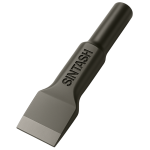
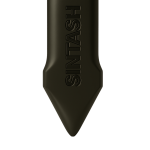
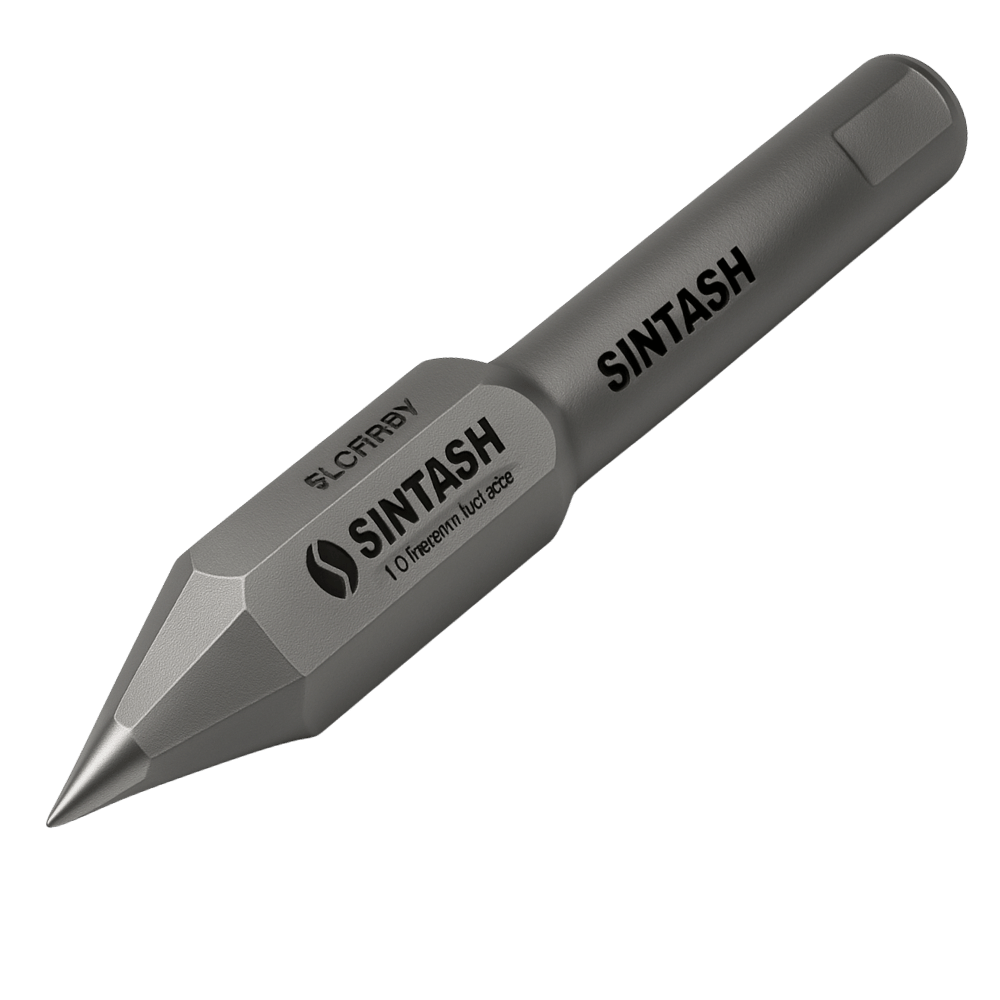
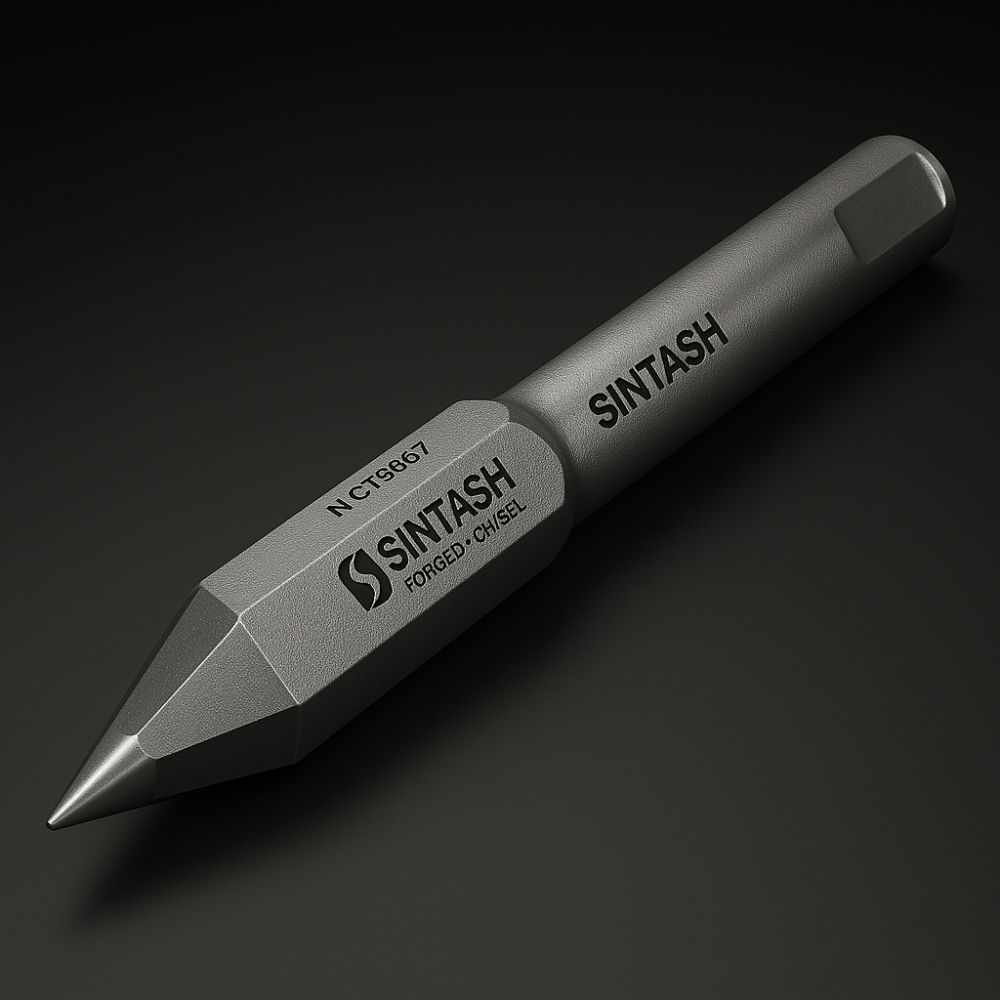
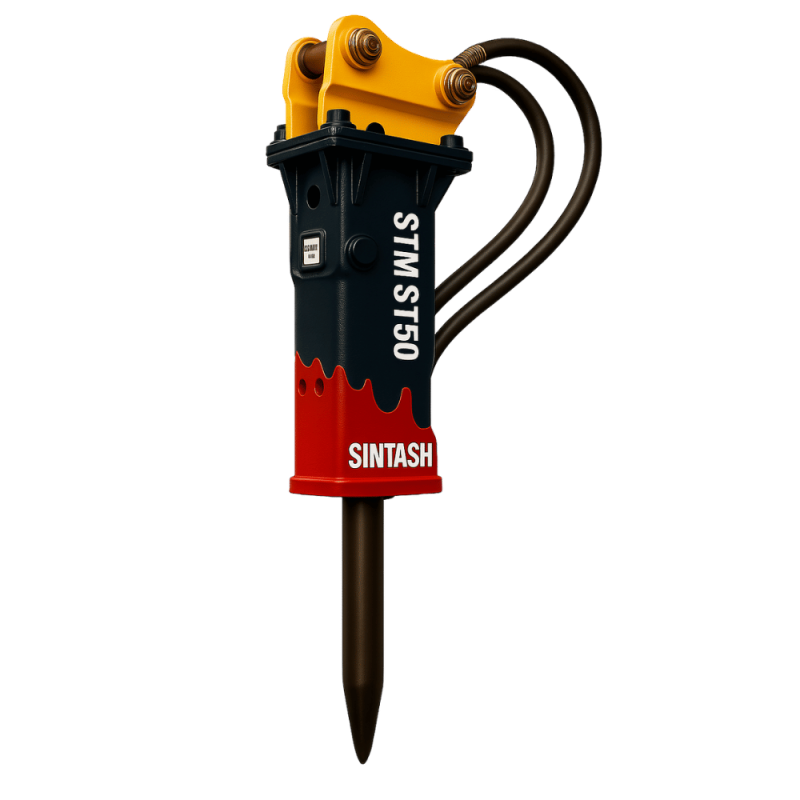

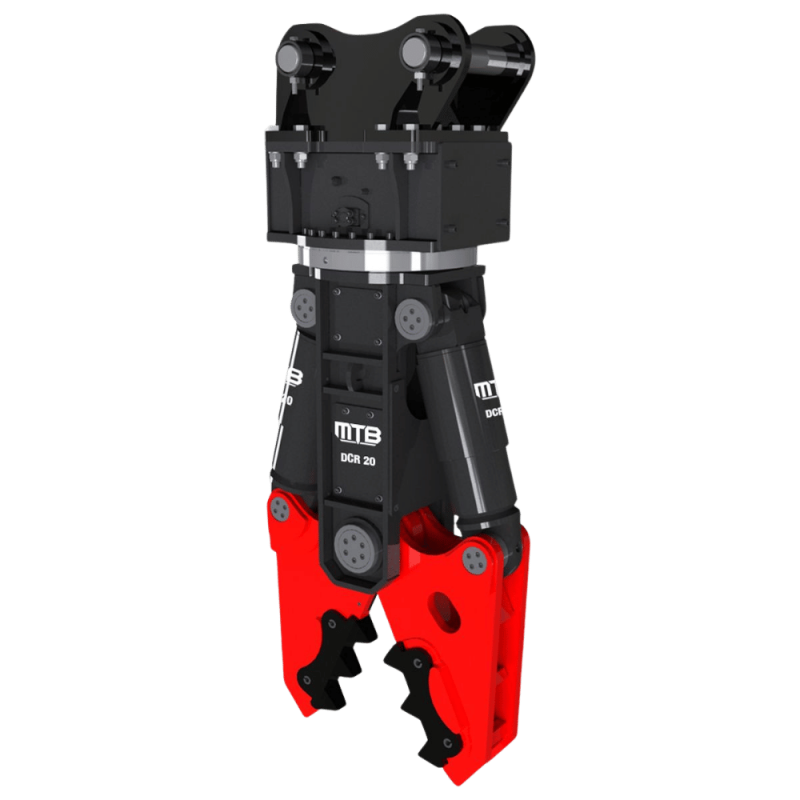


Reviews
There are no reviews yet.